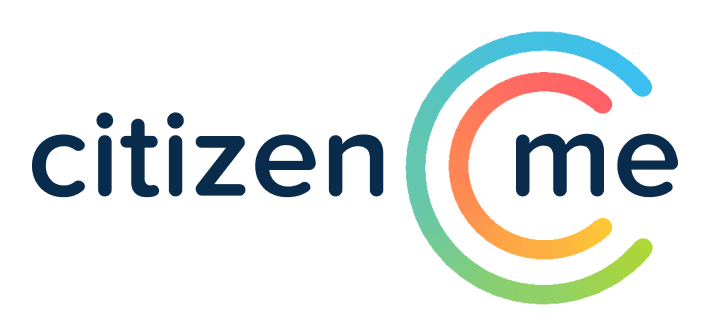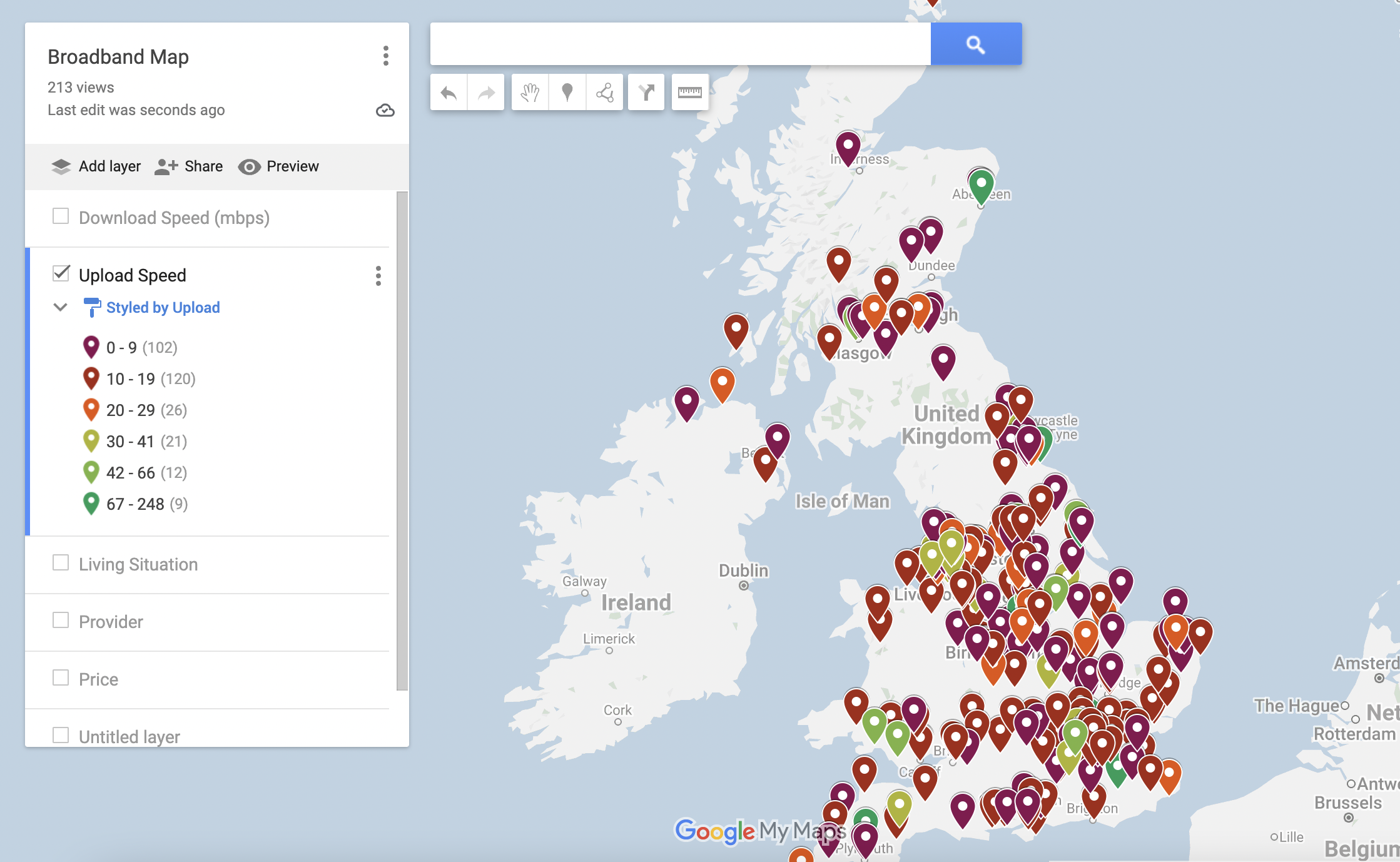
Defining your audience for research
Defining your audience for research https://www.citizenme.com/wp-content/uploads/2018/03/Audience-Define.png 600 442 Ryan Garner Ryan Garner https://secure.gravatar.com/avatar/d5d774b86fa69dcb9315259eec6fc589?s=96&d=mm&r=gWhen conducting research, defining your audience should be your first step. Knowing exactly who you want to speak to will make writing your questionnaire and setting your sample size much easier.
Practically speaking, defining your audience is quite straightforward. You’re just choosing the most appropriate attributes that determine who is invited to your survey.
Customer Research
When researching your product, service or brand there are broadly three types of audiences:
- Your customers/users
- You competitor’s customers/users
- Non-consumers of your product/service category
When researching your product, service or brand it is always advisable to add some additional competitor users to the research. Doing this will help you contextualise what people think of your products/services/brand while benchmarking them against competitors.
Market Research
When researching markets, for example the home buyers market, there are some pitfalls to defining your audience for research. Here are two top tips to help you get it right.
1. Don’t make your audience too narrow
If your audience definition is too narrow you could run into the following risks:
- Struggle to find the people to complete your survey, increasing your costs and timelines of your study
- Leave out important subgroups that might be highly relevant to your market sizing estimates
- Have limited comparative subgroups in the analysis phase
- End up working with small sample sizes, which increases the margins of error you’re working with
Here’s an example.
You are looking to launch a new modern liquorice brand into the confectionery market. You might be tempted to speak to people that have bought liquorice in the past three months. To get a more accurate estimation of initial demand for your product, it is advisable to broaden your sample to all people that buy any kind of confectionery. Your new product might attract new customers to trial liquorice for the first time, so defining your audience well will be important to sizing markets.
2. Don’t presuppose your audience
Let’s stick with the new liquorice brand example. This new product will have likely been designed to attract a certain audience. Maybe the new liquorice brand has been designed to appeal to a younger demographic. If this is the case you may be tempted to add age 16-35 limitation to your audience, so you can see the demand among this younger group. However, if you do this, you will have no comparative metrics with older age groups. In fact the older age groups might like your product more. This could change the approach you take when planning out your marketing strategy.
Market research is a great tool for testing your assumptions. Always try and keep your audience broad and refrain from presupposing what defines your audience to get the most accurate results.
- Posted In:
- How to
Ryan Garner
Ryan has provided insights to global brands, helping shape products and services around real customer needs. He has spent the past 3 years helping businesses think about the opportunities in the personal information economy. He now brings this experience to CitizenMe. As much as Ryan loves technology, he likes to escape by growing fruit and veg on an allotment with his kids. And if you have not already heard, Ryan is a very smug Leicester City supporter right now!
All stories by: Ryan Garner





Leave a Reply